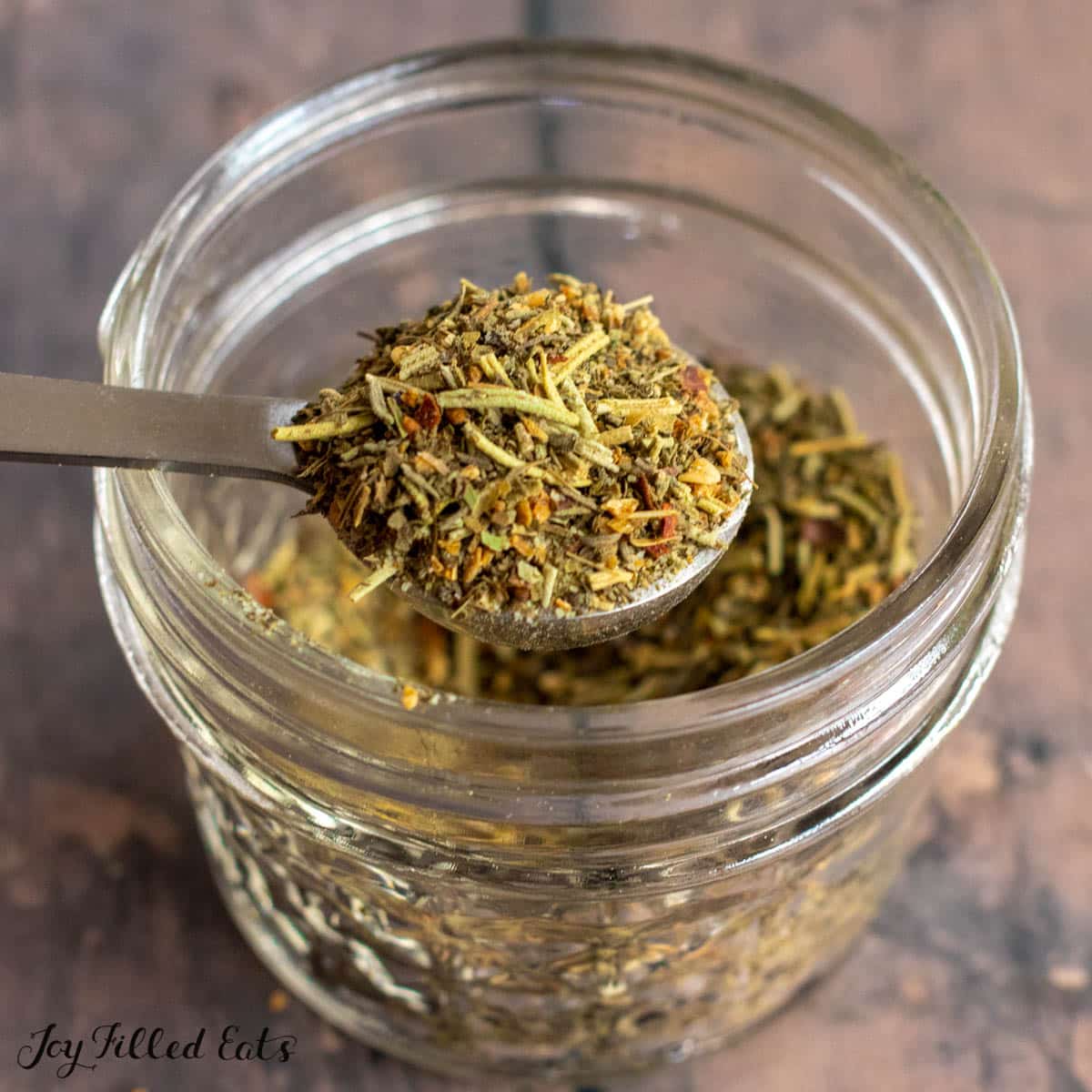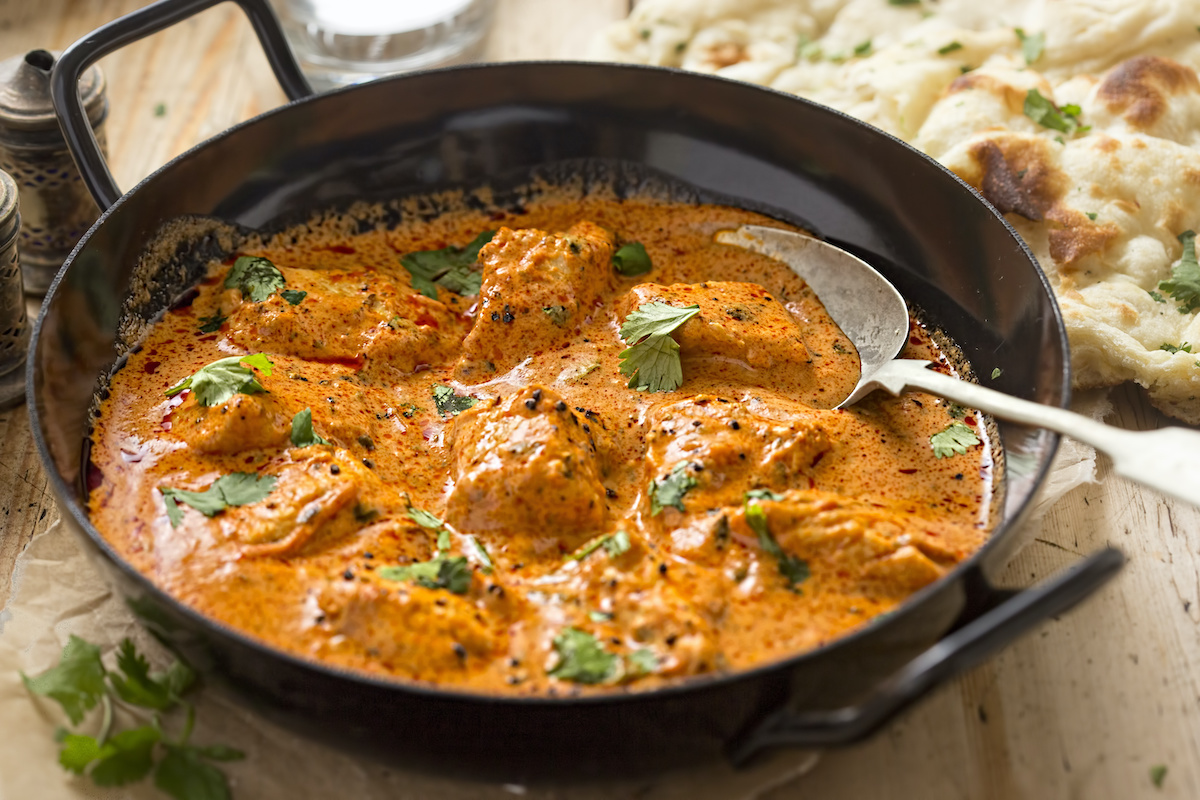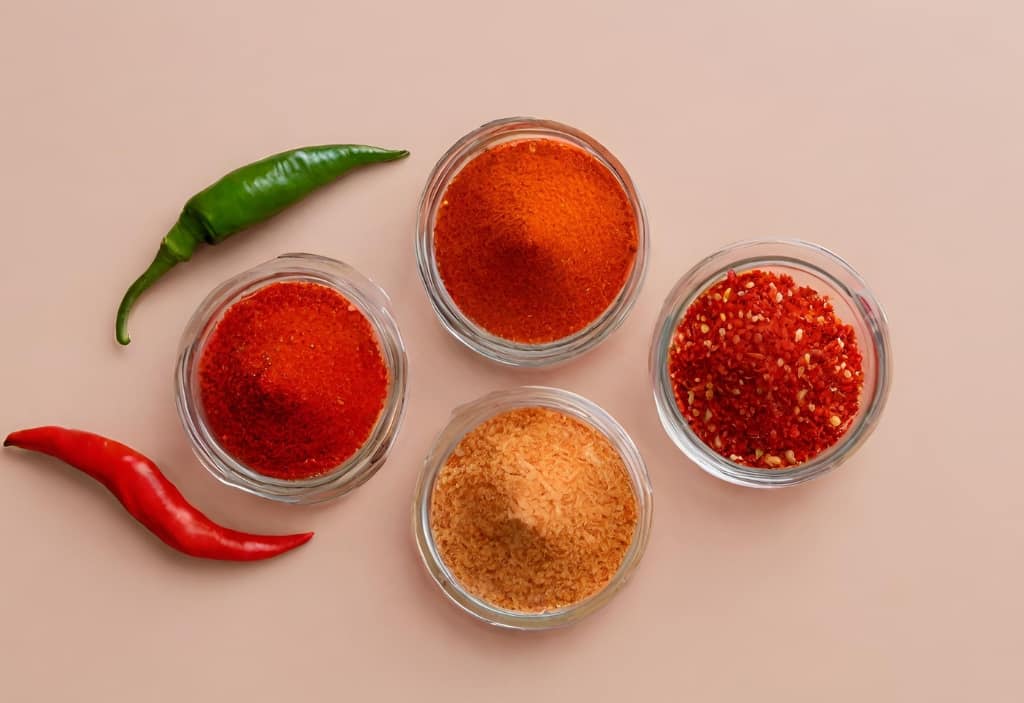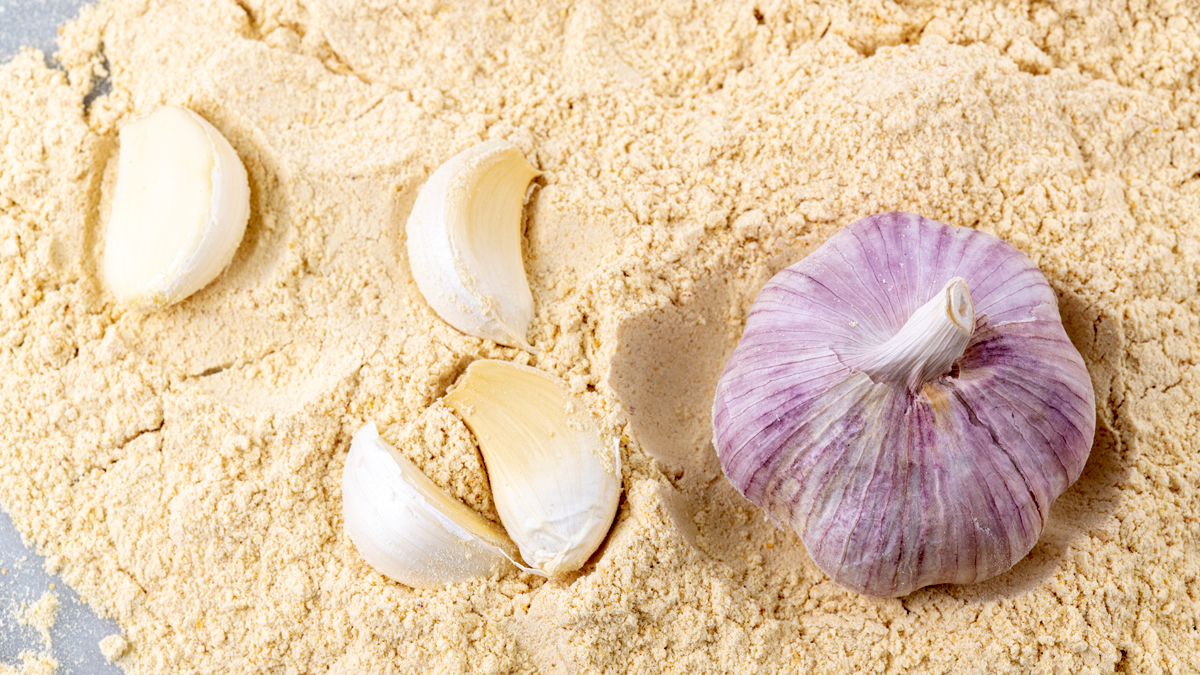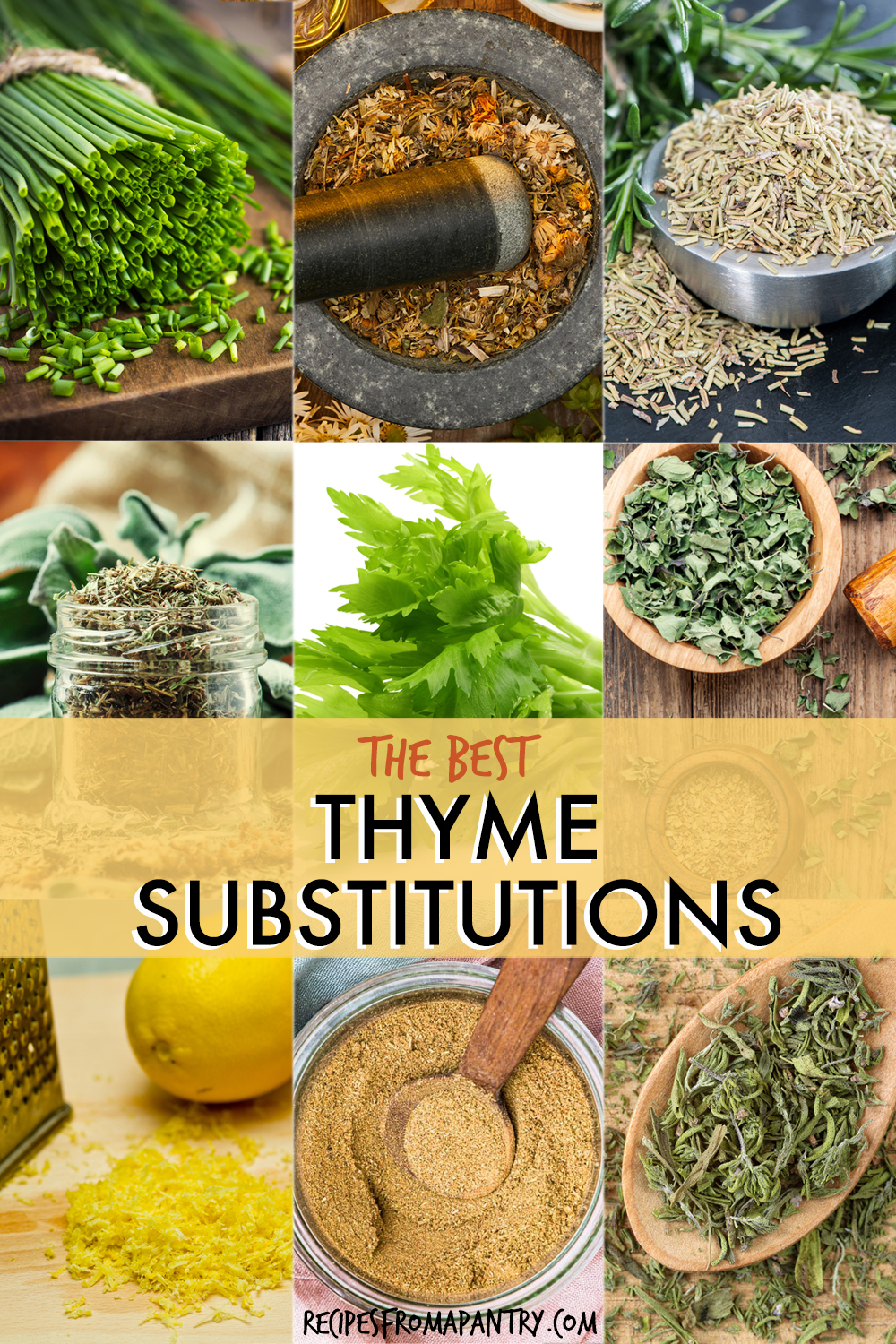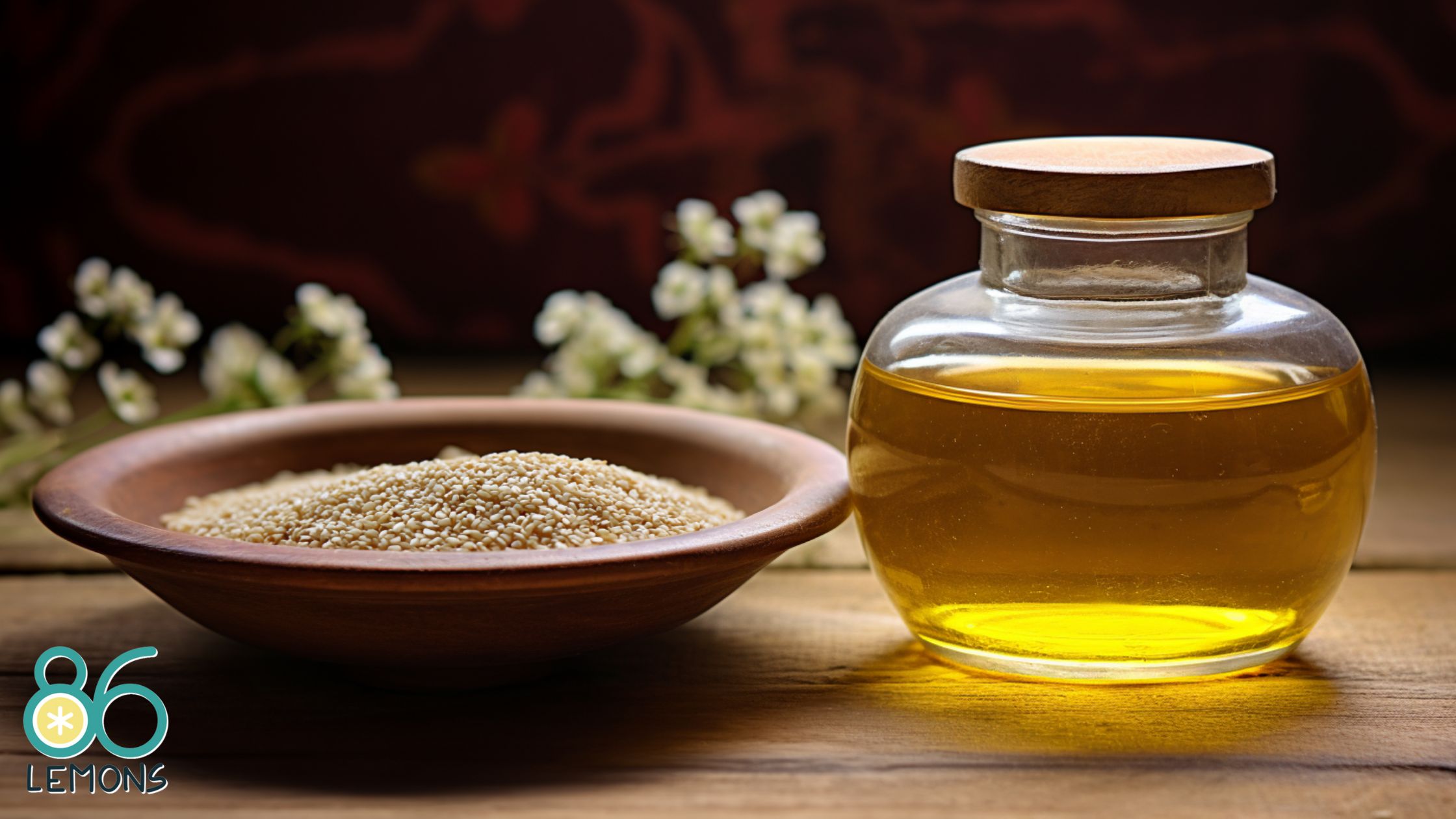Italian Seasoning Substitute: Unlock the Secrets of Aromatic Flavors
– If you run out of Italian seasoning while cooking, there are 4 ways to substitute it using pantry ingredients.
– Italian seasoning is commonly used in recipes and can be found in most grocery stores.
– Homemade Italian seasoning typically includes dried herbs such as basil, parsley, oregano, thyme, rosemary, marjoram, and sage.
– Additional ingredients may include garlic powder, black pepper, fennel seeds, and crushed red pepper flakes.
– A recipe for homemade Italian seasoning is provided, and it can be stored for up to 6 months.
– Homemade Italian seasoning can be used in pasta sauce, marinara sauce, pizza sauce, soups, stews, salad dressings, and sprinkled over garlic bread or crackers.
– The article provides information on alternative options for Italian seasoning substitutes.
– It suggests using a combination of dried basil and dried oregano in a 2:1 ratio as a substitute.
– Another option is using Herbs de Provence, a spice blend from the South of France that includes similar ingredients to Italian seasoning but may have a different flavor due to the inclusion of dried lavender.
– Fresh herbs can also be used as a substitute, such as fresh basil, parsley, oregano, thyme, sage, and/or rosemary.
– Fresh herbs are less potent in flavor than dried herbs, so a 3:1 ratio of fresh to dried is often used.
– The article provides information on various spice blends that can be used as substitutes for Italian seasoning, including pizza seasoning, Mediterranean or Greek seasoning, and Za’atar seasoning.
– These substitutes offer similar flavors but may have slight variations in ingredients.
– Za’atar seasoning includes sesame seeds, which may not be suitable for certain dishes like red sauces or soups.
– The article encourages readers to experiment with these alternatives and suggests trying homemade spice blends such as taco seasoning, Cajun seasoning, and ranch seasoning.
